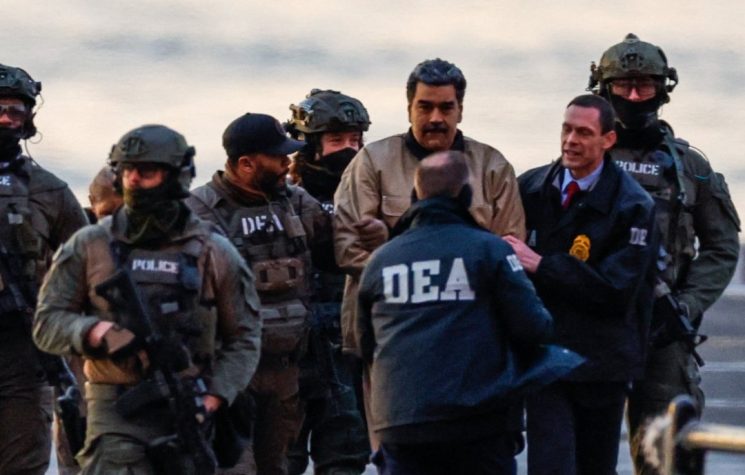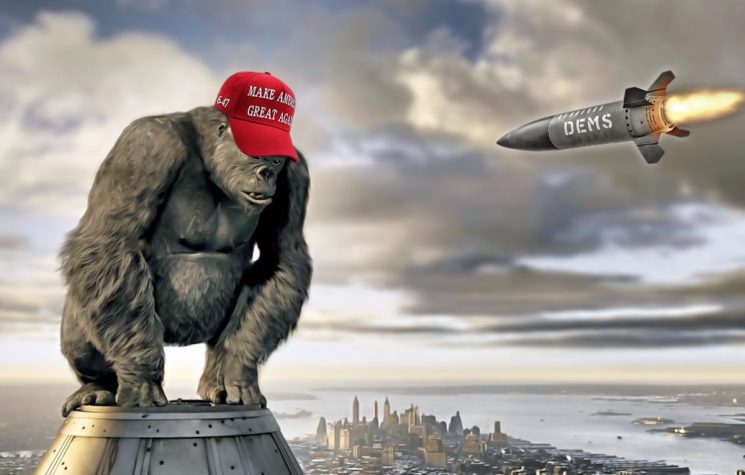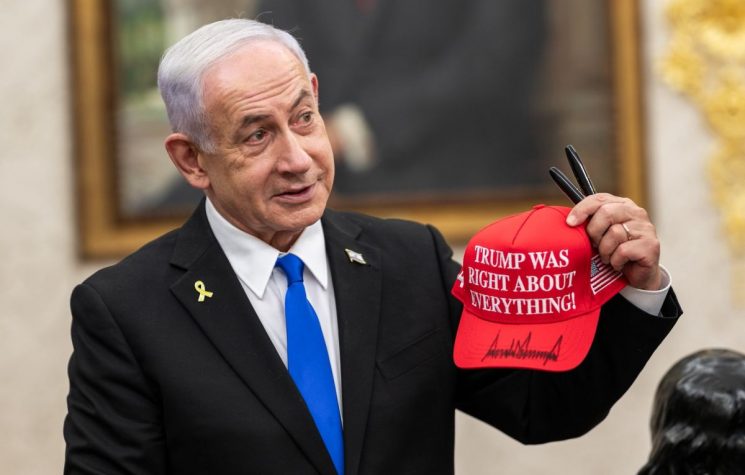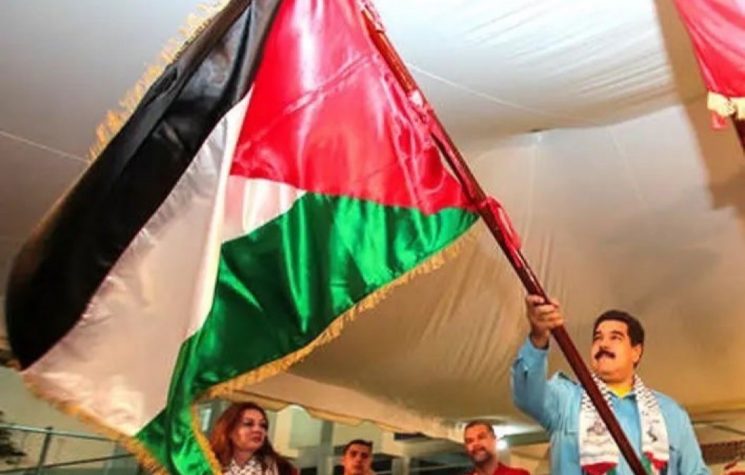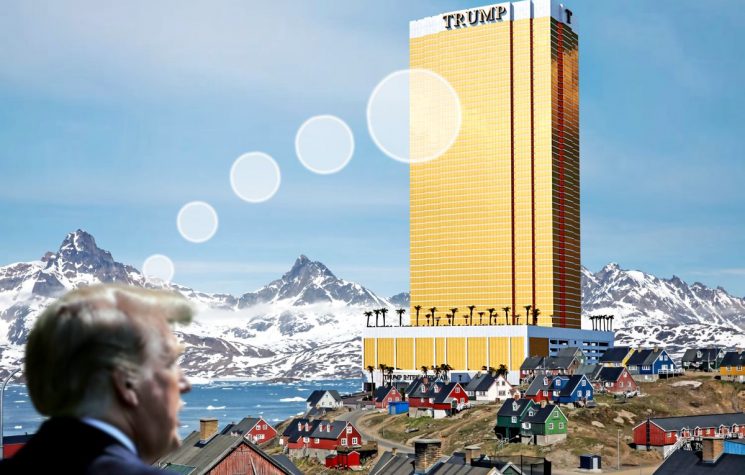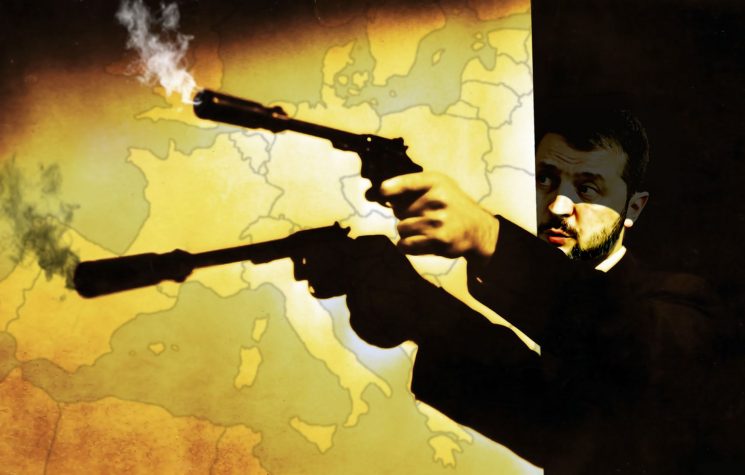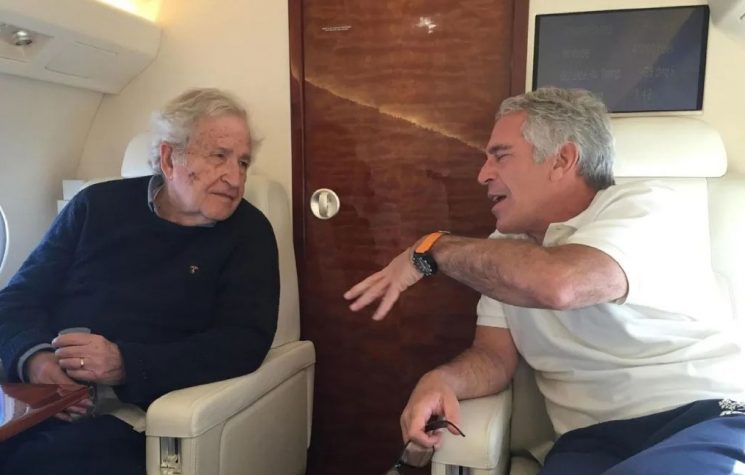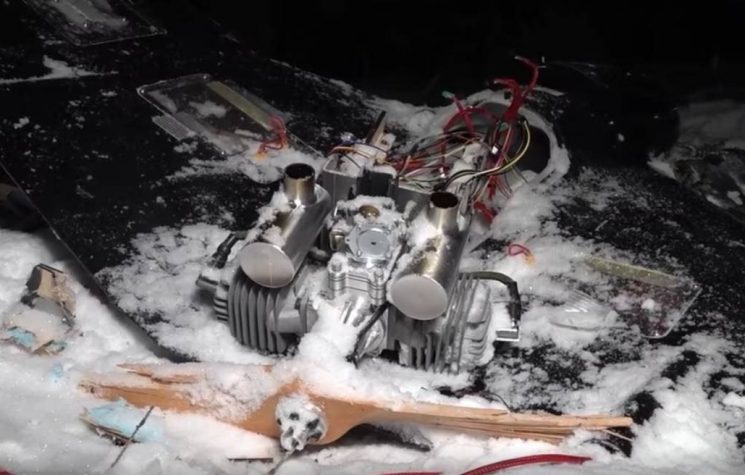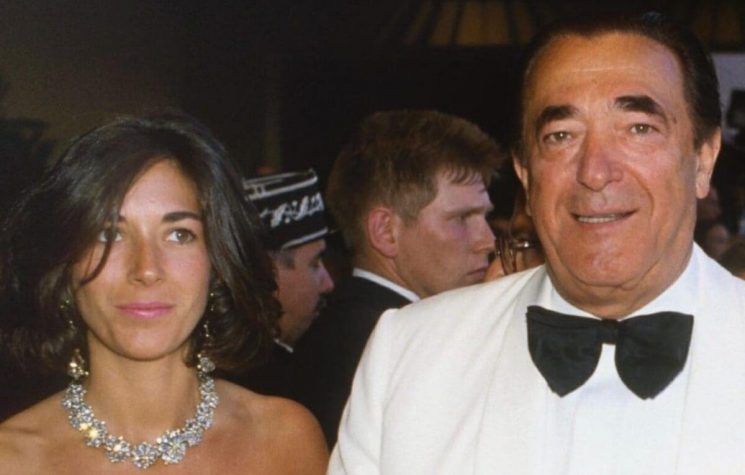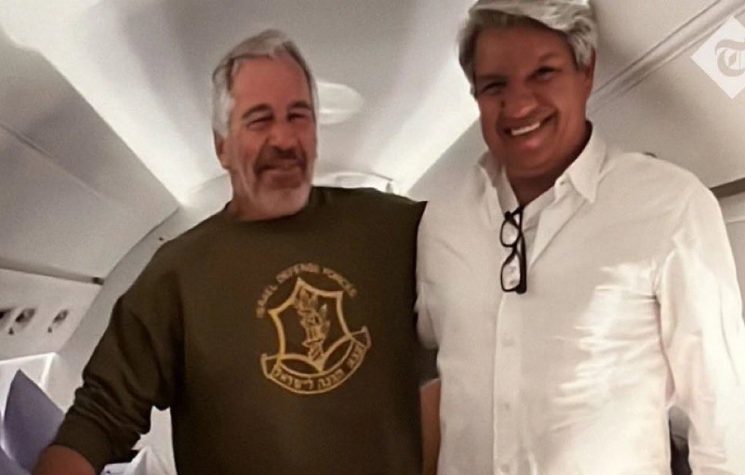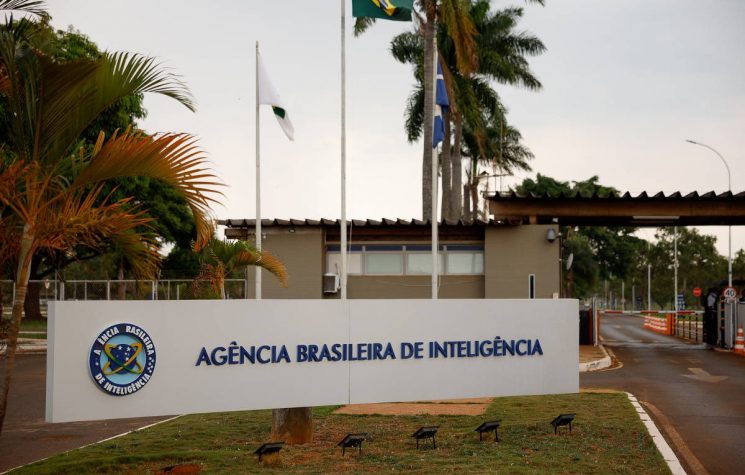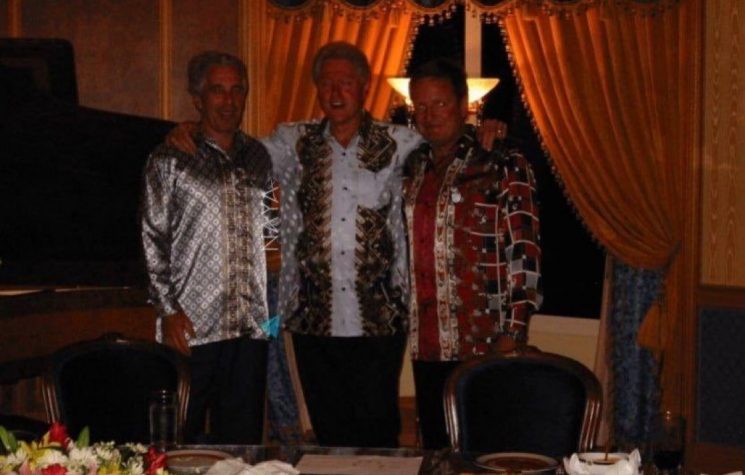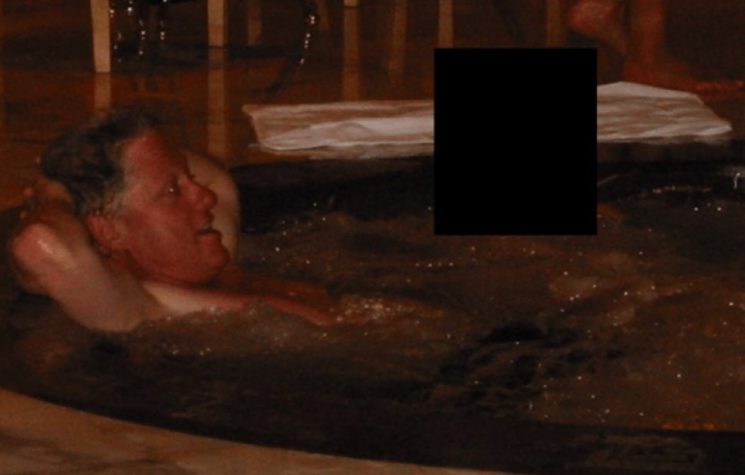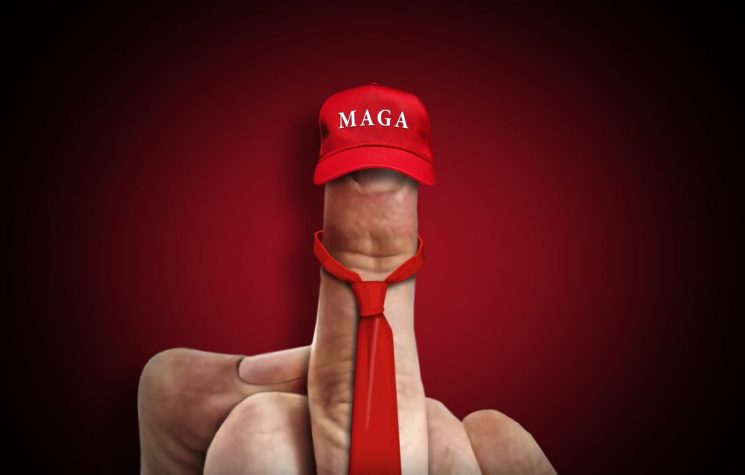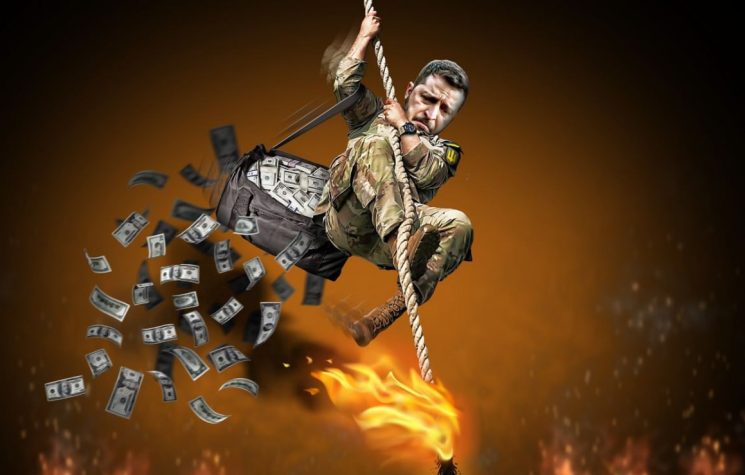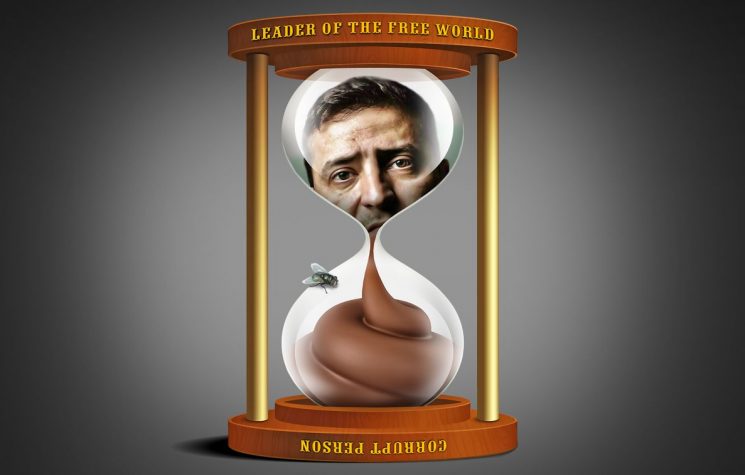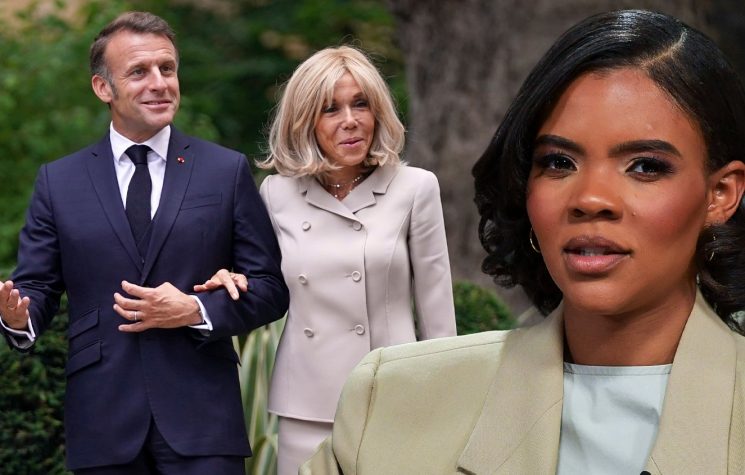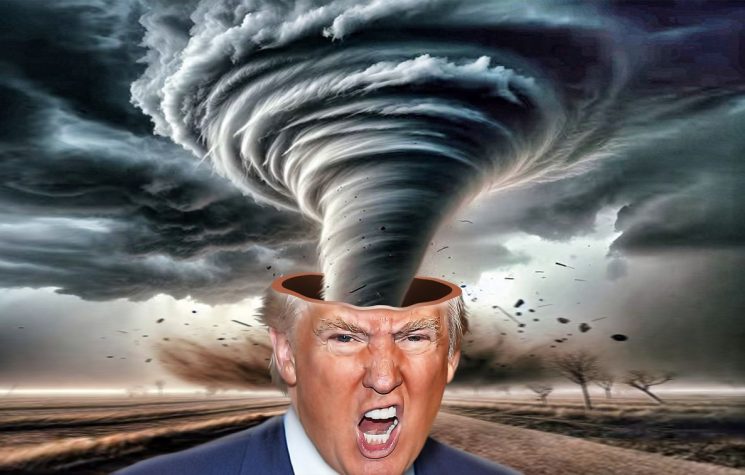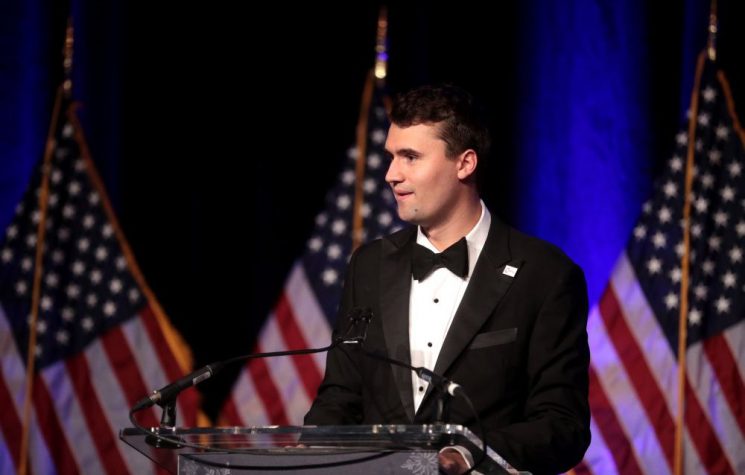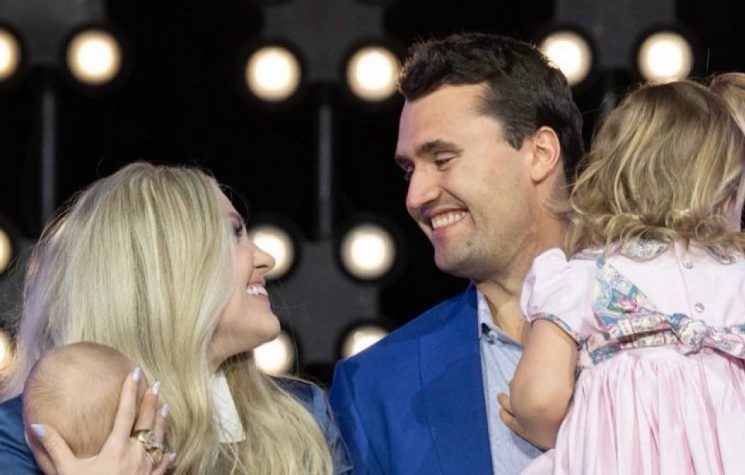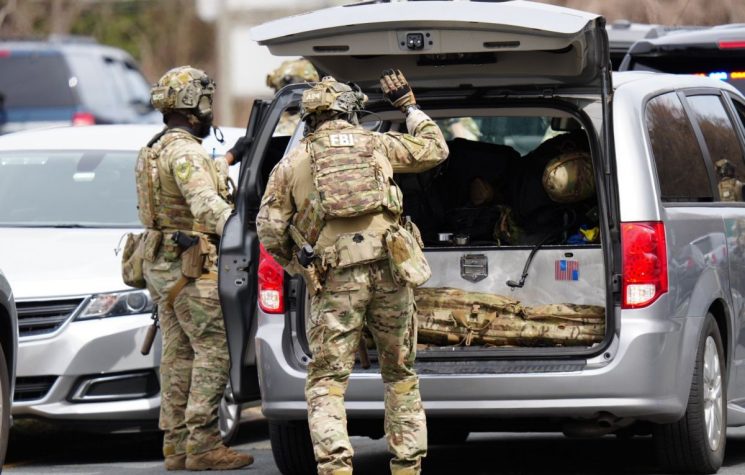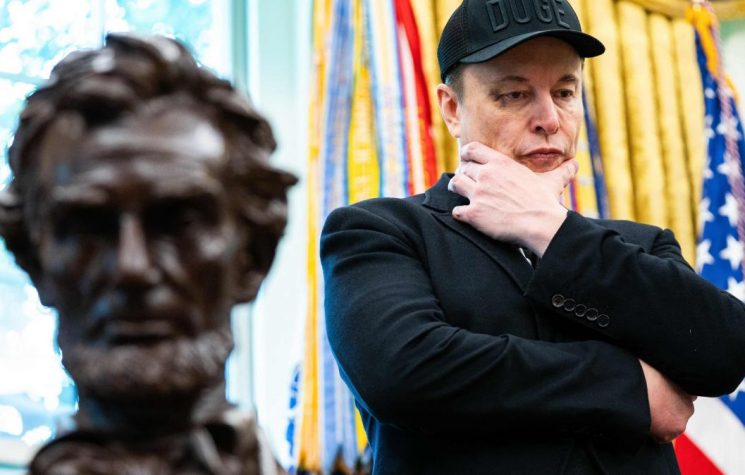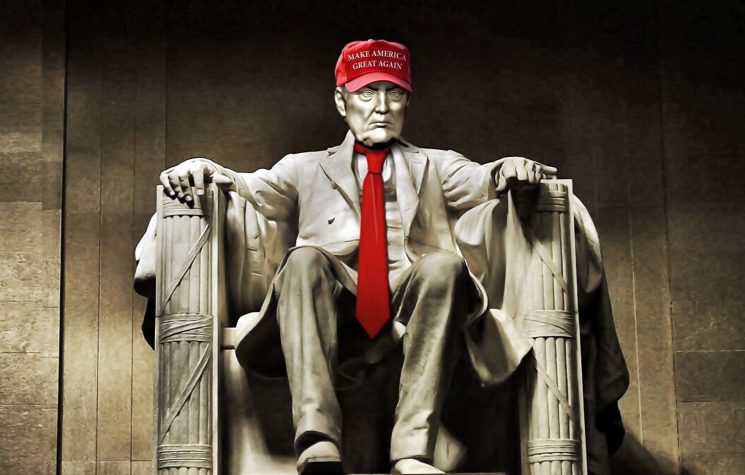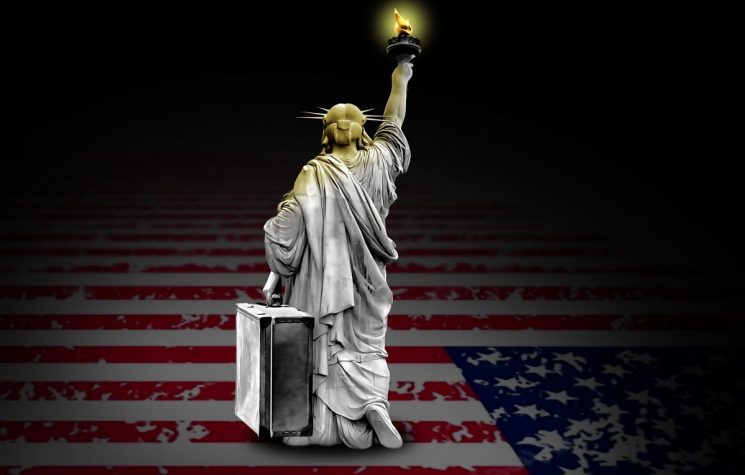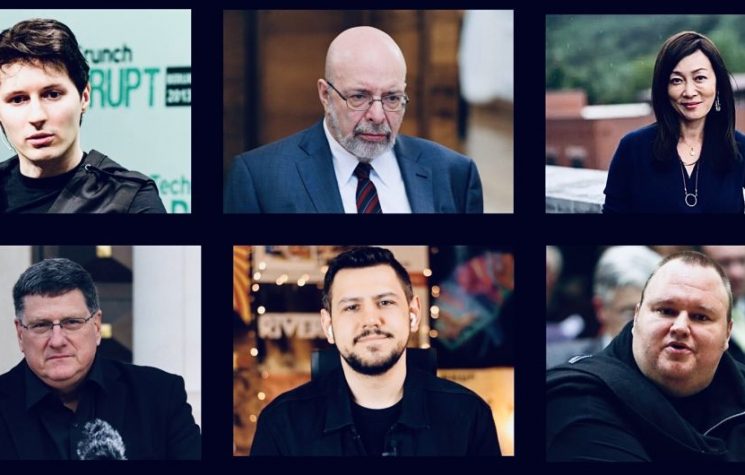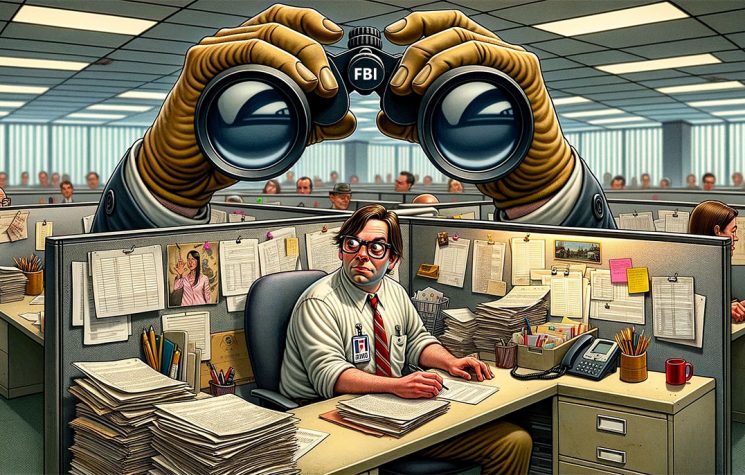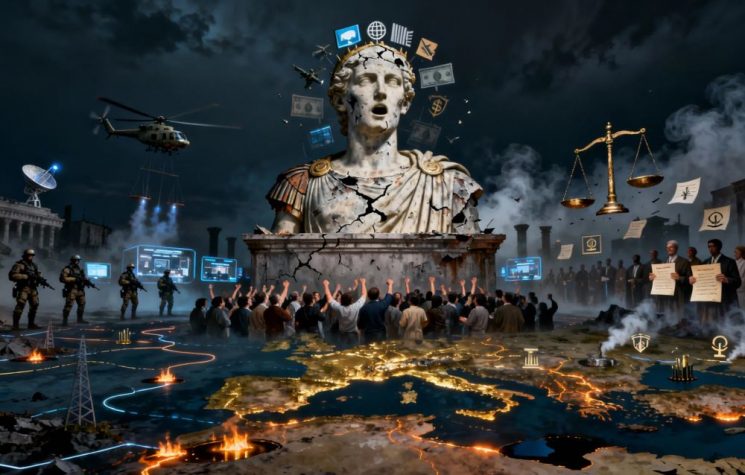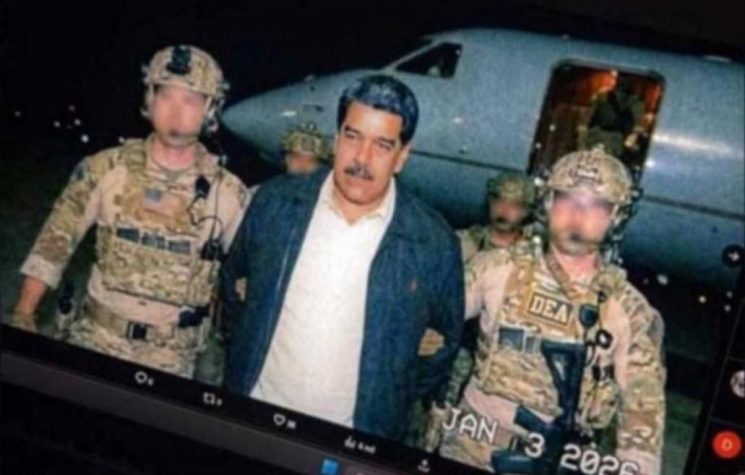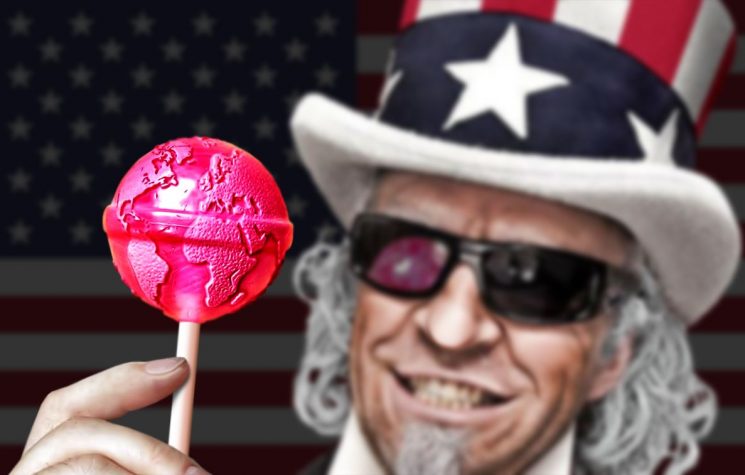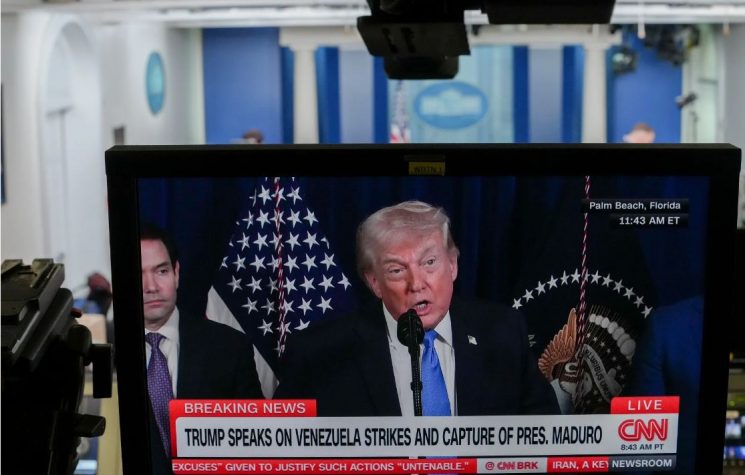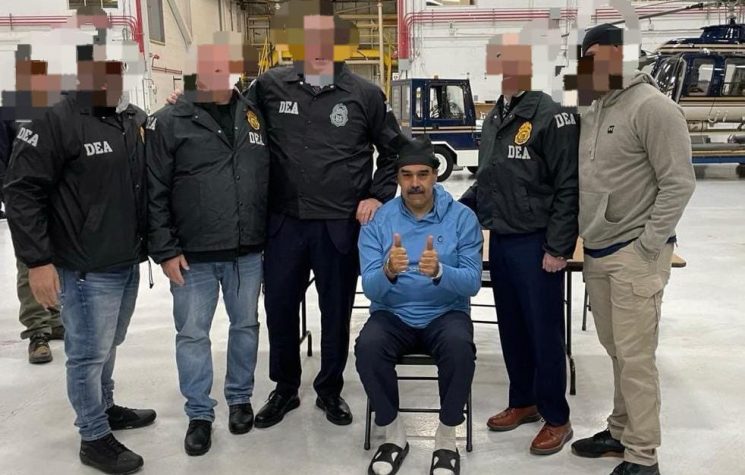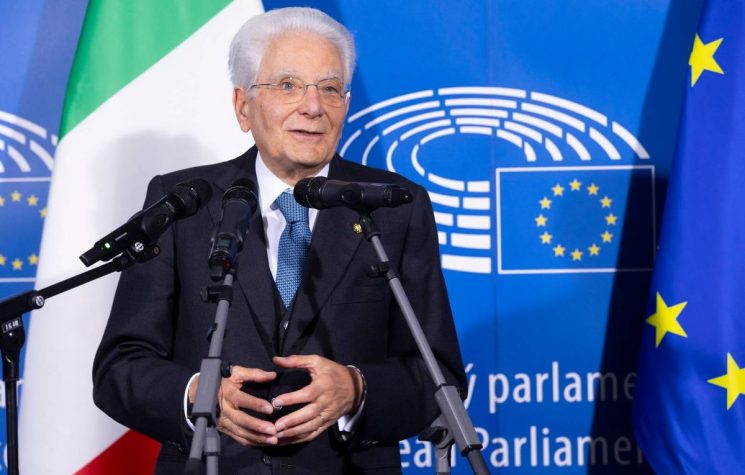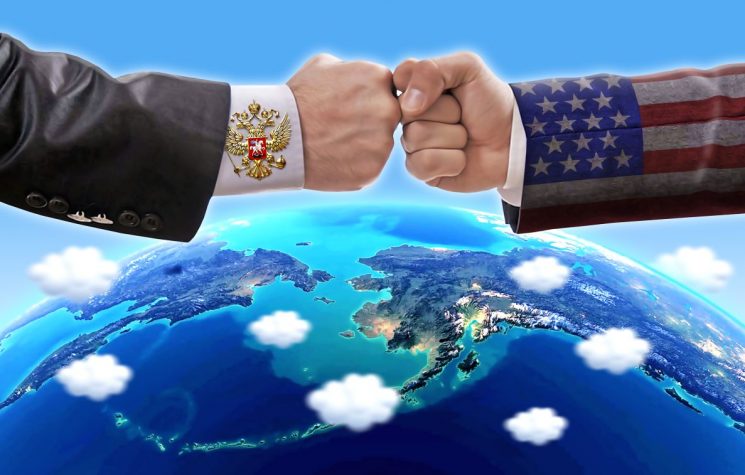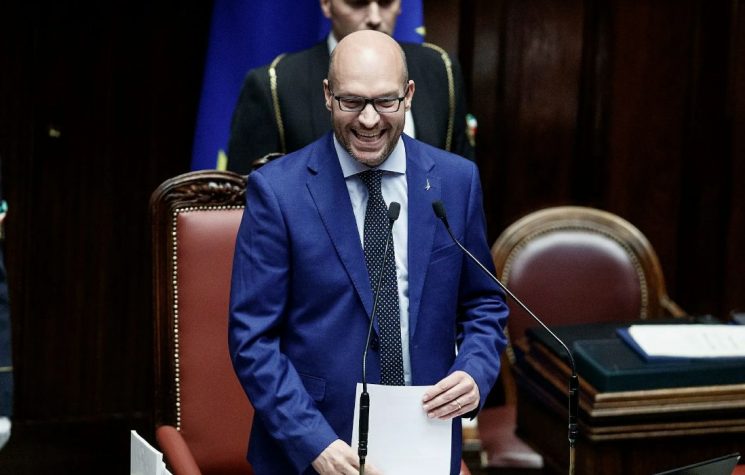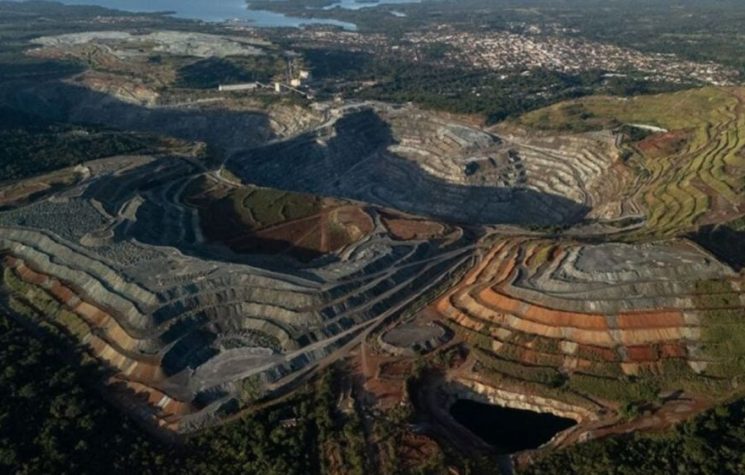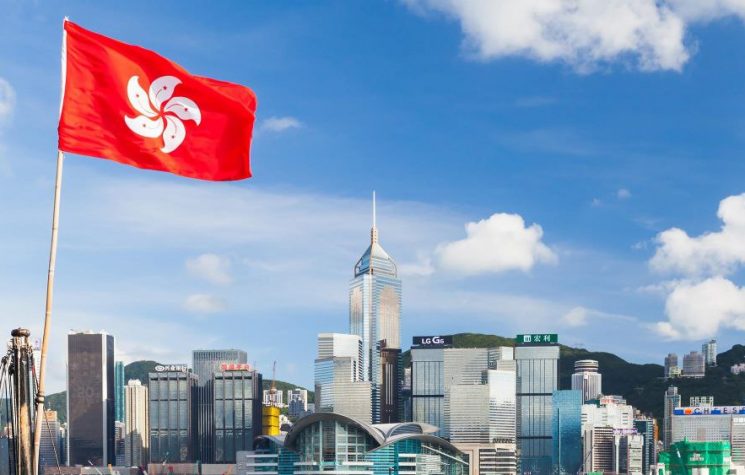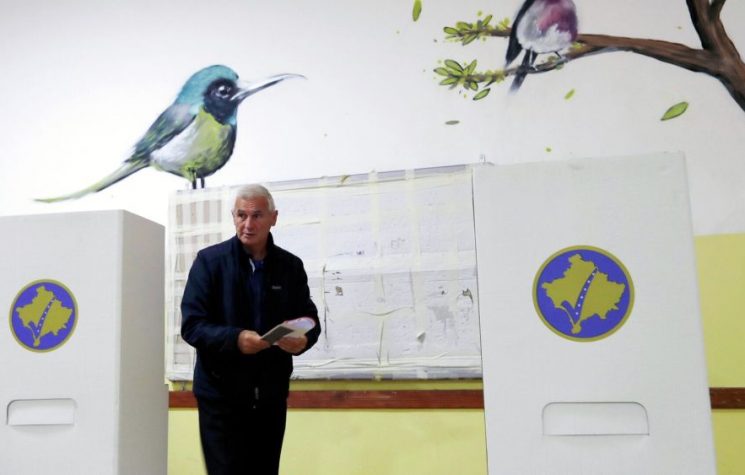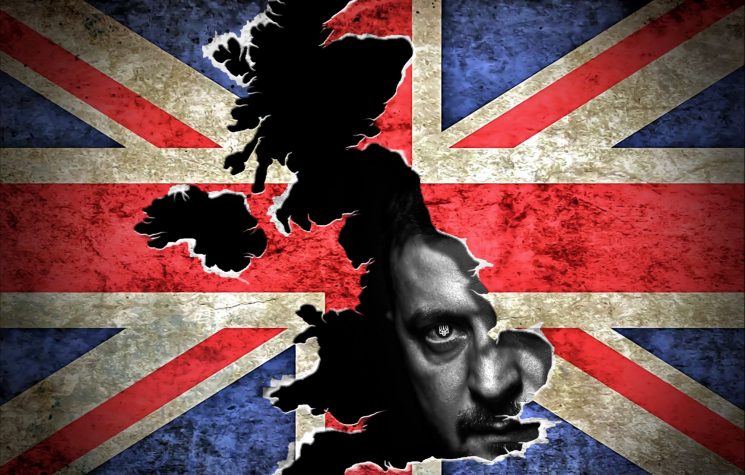Trump wants no trouble with the FBI and has sent his trusted Higgins to tell the world so.
Contact us: info@strategic-culture.su
Almost two months have now passed since the episode that has gone down in history as the ‘assassination attempt on Donald Trump’, during his election campaign in Pennsylvania, and there are still doubts and shadows surrounding the truth of the facts. And now, at the opening of the month of September, which is expected to be heated due to the most challenging phase of the run-up to the elections and with the dollar plummeting on the international currency market, the accusation by Congressman Clay Higgins, a Republican, appears, pointing the finger at the work of the FBI.
Too many elements that don’t add up
Let us jog our memories to recall what happened. It is 13 July 2024, we are at the Meridian Agricultural Fair, western suburb of Butler, Pennsylvania. Former President Donald Trump is holding a campaign rally in front of the crowd. Suddenly gunshots are heard. Trump makes slavering movements, then collapses on the stage as security officers and some armed soldiers throw themselves on him to protect him. Trump emerges from the throng with outstretched arm, clenched fist and proud look: he is alive, victory! An ear wound, caused by a bullet that grazed the cartilage. A protester, Corey Comperatore, 50, former fire chief, dies while protecting his daughter with his body. It’s OK.
Or not.
No because from the outset the dynamics of what happened are unclear.
Immediately the analysis of the event began, which has become iconic and definitely prophetic for what will be in the future. In perfect American style: a beautiful media scenography, colours, weapons, shouts, victory gestures, applause. Beyond the authenticity of the event, about which I fear we will not know the truth for a long time to come, it can certainly be said that we have seen the perfect American patriotic film. But back to our analysis.
What does not add up in all this?
Some ideas.
Number 1) It was a real event with a real shooter using real bullets, which will naturally be evidenced in the findings of real victims and real bullet holes in the impact points around the president’s podium. The story is a shooter climbed onto a roof and fired several shots with the rifle at President Trump barely missing him, whizzing past and nicking his ear.
In the process of this assassination attempt the shooter has unified and inspired and emboldened the Republican conservative, moderate patriot voting block in America to stand with Trump and to villainise and demonise all those politicians and media and other groups that dislike him or vilify him.
It will also make Donald Trump a kind of superhero, a man of steel recovering from an apparent ‘head, wound’ (biblically significant) with an infectious courage as people tearfully watch his aggressively pumping fist in the air symbolising defiance against democrat tyranny as the words ‘fight fight,’ roar from his lips to the audience. Quite a dramatic image.
It’s strangely interesting that the Secret Service agents had arranged a very photogenic posture as Trump arose from the ground. Trump resembled the classic statue in Washington DC of U.S. Marines raising the American flag on Iwo Jima in World War II.
There was even an American flag directly over his head as well. Surprisingly dramatic.
Then Trump was hustled off the stage into a black SUV and driven off and the rest is now seeping out.
Number 2) Of course the other possibility which we must always consider in this chaotic time of great deceptions and kabuki theatre is that the shooting was not real, but a false flag event and faked for political theatre. And that as a fake event It was designed to have an emotional impact to affect the nation and manipulate people and also distract from other issues in the world – such as the implosion of the U.S. economy, the Ukrainian defeat the Israeli collapse of the Netanyahu government; as well as the general rising of BRICS as an economic and political powerhouse.
of course this should be no surprise since there have been numerous occasions in history within the United States were shootings and bombings were later proven to be false and engineered for political purposes.
In this case There are some strong indicators, which would support this theory of it being artificial, faked or dramatized, specifically, the lack of physical impact that a bullet would have if it struck a person’s ear going faster than the speed of sound; and the shock that would’ve naturally adrenalised and traumatised Trump’s body and the shock which follows bullets.
Additionally, the Secret Service were remarkably – if not suspiciously – slow in their protecting of the president, similar to how they were slow in protecting president John F Kennedy, when he was shot in Texas. Most suspicious was that in the case of Trump, the Secret Service did not respond to reports of a shooter crawling with a gun on the roof nearby as eye witnesses have reported. Very strange. (Watch these reports disappear from Twitter very soon.)
In summary: is it possible that Trump participated in a fake assassination and smacked the side of his head to burst a small blood bag and give the impression of being nicked? Of course it is. To say he’s not would be the words of a fool or a liar. It can only help Trump, and will put down any other shooting attempts in the future.
Also possible is that a ‘Patsy’ was set up and then taken out in order to assume the blame, as in the case of the Kennedy assassination.
Many hypotheses have been formulated and many experts involved, so we will not dwell on the details now. Particularly interesting is what happened AFTER the event, both from a media and political point of view, and in the continuation of the ‘facts’. Let us discuss this second aspect together.
Higgins’ accusation
After the widely publicised assassination attempt on Donald Trump, many were quick to predict his victory, believing that it couldn’t get any better: a candidate fighting for the great future of the country, whom the cursed Democratic opponents even tried to shoot, but by God’s grace, he narrowly escaped death, as his destiny is to fulfil a historic mission to ‘make America great again.’
It might seem like a done deal, but there’s still time before the November elections, and the Democrats have changed their strategy by replacing the frail Biden with Kamala Harris. While she doesn’t have great achievements under her belt, she is, first of all, a woman, and secondly, not white.
In her case, the focus will clearly be on the female electorate (and by the way, there are 170 million women in the U.S.), plus African Americans and Latinos.
‘If you wouldn’t trust him with your child, then why would you trust him with your country? This is the message to American women in the Democrats’ new campaign ad.
It will be interesting to see what Trump’s new communication strategy will be since his main argument before this was Biden’s incapacity.
Higgins’ accusation came at a very peculiar time, as it stands at the intersection of a number of political factors:
- Kamala Harris was again disavowed of her American origin and risks further electoral compromise
- Political infowar on social media is raging with the help of AI, which makes it possible to create everything and the opposite of everything
- The Ukrainian issue and the Israeli issue divide voters and reshape preferences
- Christian religious authorities, of the various denominations in America, influence the Neocon front and smeared Democratic votes
- New scandals – in perfect American style – emerge, such as those linked to JFK and… the problem of Thomas Matthew Crooks, identified as a Trump bomber.
Higgins is the inside job man for all of Trump’s Republican dirty dealings and has already been at the centre of borderline scandalous affairs in the past, drawing attention at just the right time, giving Reps a chance to get less breathing space from the media.
In the case of the assassination attempt on Trump, Higgins heavily criticised the FBI for cremating the body immediately after the assassination attempt, thus preventing proper investigation. The FBI, therefore, could have somehow destroyed valuable clues. Thus the bipartisan committee set up to investigate the security failures surrounding the incident. Most worryingly, no one had been notified of the cremation of Crooks’ body, neither the governor, nor the sheriff, nor the armed forces; only the FBI, whose mandate was directly entrusted by the U.S. Secret Service. The report released by the County Coroner does not convince anyone.
The already major crisis of the FBI
The attack on the Federal Bureau should be framed within a broader framework, namely the FBI crisis, on which Trump already in 2016 and then in 2018 had based part of his political campaign.
Many see Trump’s attacks as self-exculpatory: he called the famous agency a ‘disgrace to our country’ and its investigations into his business and political dealings a ‘witch hunt’. But as much as the FBI’s 14,000 or so special agents want to ignore the news, internal and external reports have found flaws throughout the agency, and long-time observers, beyond the partisan haze, see a worrying picture: there is indeed something wrong with the FBI.
The Justice Department’s inspector general, Michael Horowitz, has been busy as early as 2019 making a much-anticipated assessment of allegations by Democrats and Republicans of interference by FBI officials in the 2016 presidential campaign.
Also famous is the case of former director James Comey, when Clinton misused the agency’s email servers during the campaign in 2016, or even the harassment of former deputy director Andrew McCabe, who deliberately leaked information about the Clinton Foundation two weeks before the election. There have also been other painful and public failures: missed opportunities to prevent mass shootings beyond the much-publicised missed warnings in the Parkland, Florida, school murders; an agonising delay in the sexual harassment investigation of Olympic gymnastics doctor Larry Nassar; and evidence of misconduct by agents in the aftermath of standoffs with armed militias in Nevada and Oregon. FBI agents are still facing criminal charges ranging from obstruction to leaking classified material.
Also not to be forgotten is the most ‘imaginative’ charge: the FBI was accused of failing to detect the ‘Russian operation’ of influence in the 2016 presidential election. This failure would have put it in grave danger, so much so that in Congress, in the Republican area, there were rumours about the proposed suppression of the federal agency.
Some wondered whether the FBI had become too big and was being asked to do too many things. After 9/11, then-FBI director Robert Mueller, later special counsel to head the Russiagate investigation, made massive new investments in counterterrorism and intelligence, shifting resources and investigative focus away from white-collar crime and bank robberies. A power that grew, but did not run in time with the administration.
Many of the bureau’s problems developed during Comey’s three and a half years: critics argue that Comey’s penchant for high-profile moral battles has, ironically, undermined the bureau’s reputation. Trump himself has used this line of argument to challenge the FBI.
Democrats have also questioned the integrity of the bureau, with Clinton and her aides claiming that Comey and the FBI helped Trump win the election, who has continually attacked the integrity of the institution and its leaders, alleging not only incompetence but also bad faith in the administration of justice.
Considering this framework, Higgins’ attack clearly reads not only as an alleged “moral issue” about the assassination attempt on Trump and the investigation into Crooks: it seems, rather, to be a further attack on the agency, aimed at shuffling the cards, with a very clear political purpose. The elections are approaching and the interference of the Secret Service looms as a risk for Trump’s entourage (and not only) and, even more so, this attack seeks to clarify balances of power that escape the observation of most citizens.
Trump wants no trouble with the FBI and has sent his trusted Higgins to tell the world so.










